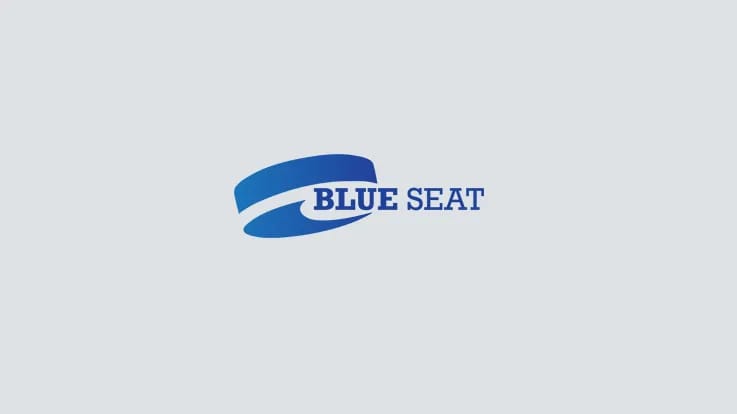
When you mention the name Eric Lindros to numerous hockey fans, various thoughts flood their minds. Some recall his refusal to play for the Quebec Nordiques following the 1991 NHL Entry Draft, or his relentless, bull-in-a-china-shop playing style. The Legion of Doom and his history of concussions resulting from hits by players like Darius Kasparitis or Scott Stevens might also cross their minds. However, one association that’s less common is linking Eric Lindros with the New York Rangers.
The Trade That Fell Through
Lindros’ relation to the Rangers is a curious one, which dates back to the aforementioned 1991 NHL Entry Draft, where Lindros refused to play for Quebec, leading the Nordiques to make a trade they didn’t want to make. In the following year, during the 1992 NHL Entry Draft, the Nordiques negotiated deals involving Lindros with both the Philadelphia Flyers and New York Rangers.
The Flyers’ offer included Steve Duchesne, Ron Hextall, Kerry Huffman, Mike Ricci, the rights to Peter Forsberg, the Flyers’ first-round picks in 1992 and 1993 (seventh overall), and $15 million. The Rangers’ proposal featured Tony Amonte, Alexei Kovalev, John Vanbiesbrouck, Doug Weight, three first-round picks (in 1993, 1994, and 1996), and $12 million.
If Vanbiesbrouck became an unrestricted free agent, James Patrick would replace him in the deal. The Flyers, believing they had finalized their agreement with the Nordiques first, filed a complaint, leading the NHL to appoint an independent arbitrator.
On June 30, 1992, just 11 days after the draft, arbitrator Larry Bertuzzi (Todd’s Great-Uncle) ruled in favor of the Flyers. Bertuzzi concluded that the Flyers and Nordiques had struck a deal 80 minutes before the Rangers and Nordiques reached their agreement. A valiant effort by the Rangers but just fell short. I’m sure the fever dreams of Messier playing on a squad with Lindros in New York certainly drove Rangers management to attempt to make the deal in the first place.
Second Chances But Not First Choice
Life often brings cycles, where situations and opportunities come back around but under different circumstances. Lindros’s relationship with Flyers general manager Bobby Clarke soured, sparking public feuds. Clarke and Eric did not hold back in expressing their mutual discontent. During this tumultuous period, Lindros grappled with frequent concussions, with the first occurring in 1998 from a hit by Darius Kasparaitis. In April 1999, a delayed hospital visit led to a collapsed lung due to internal bleeding.
In the 1999-2000 season, Lindros’s time with the Flyers came to an end due to more concussions and disputes over injury diagnoses. Despite making a playoff comeback attempt, another concussion, this time from a hit by Scott Stevens, sidelined him. The Flyers eventually allowed Lindros to become a restricted free agent. He sat out the entire 2000-01 season after a trade request to the Toronto Maple Leafs, his first choice, was denied. Other teams like Detroit, St. Louis, and Washington were on his radar, but New York was not in his plans.
After exhausting his preferred options, Lindros reluctantly accepted the move to New York. On August 20, 2001, Bobby Clarke finally traded Lindros to the New York Rangers. In return, the Flyers received Jan Hlavac, Kim Johnsson, Pavel Brendl, and a 2003 third-round draft pick. The deal also included the provision that the Rangers would gain a 2003 first-round draft pick if Lindros sustained a concussion during the preseason or the first 50 regular season games and did not return for at least 12 months.
During the 2001-02 season, Lindros showcased his skills, averaging just over a point per game with 37 goals and 36 assists, totaling 73 points in 72 games. Despite his strong performance, an injury prevented his participation in his seventh and final All-Star selection, leading to his replacement by teammate Mike York. It appeared that the Rangers’ second chance with Lindros might succeed, but you already know how this story ends.
In the following season (2002-03), which was his first injury-free season, Lindros struggled to match his previous performance, recording only 53 points in 81 games. In the 2003-04 season, his eighth concussion limited him to just 39 games, during which he managed to accumulate 32 points. Following that season, he once again became an unrestricted free agent, marking the end of the Lindros experiment in New York.
A Different Time
So why delve into this narrative? What’s the underlying message of this article? Well, most folks are acquainted with the Lindros saga and the Rangers’ two attempts to acquire him. The purpose here is to shed light on the intriguing circumstances faced by New York during what’s often termed the “dark ages” for the club. This serves as a chance for younger fans to grasp the significance of that period for the Rangers.
It was an unusual occurrence to witness a player of Lindros’s caliber joining a team that was struggling and down on its luck. Despite seasons marked by imbalanced rosters, uninspiring coaching, and perplexing roster decisions, Glen Sather made an earnest effort to turn the team into a winner. Even if merely throwing money at the problem wasn’t the ideal solution, the intention to improve was there.
Following the departures of Mark Messier and the retirement of Wayne Gretzky, Madison Square Garden lacked star power. Though Theo Fleury had signed prior to Lindros, he was no longer the same player, resulting in a significant drop in production. New York yearned for that superstar presence. Lindros, even after sitting out a season, brought star power to New York just by his name.
After years of watching Lindros dominate the Rangers, it was time for New York to experience the other side of that equation. While it didn’t pan out as expected, the enigmatic journey of Eric Lindros is a peculiar chapter to reflect upon, particularly considering the team’s two attempts to bring him on board, years apart, and watching a player who had tormented the Rangers don the team’s colors after years of dominance.
More About:Players
